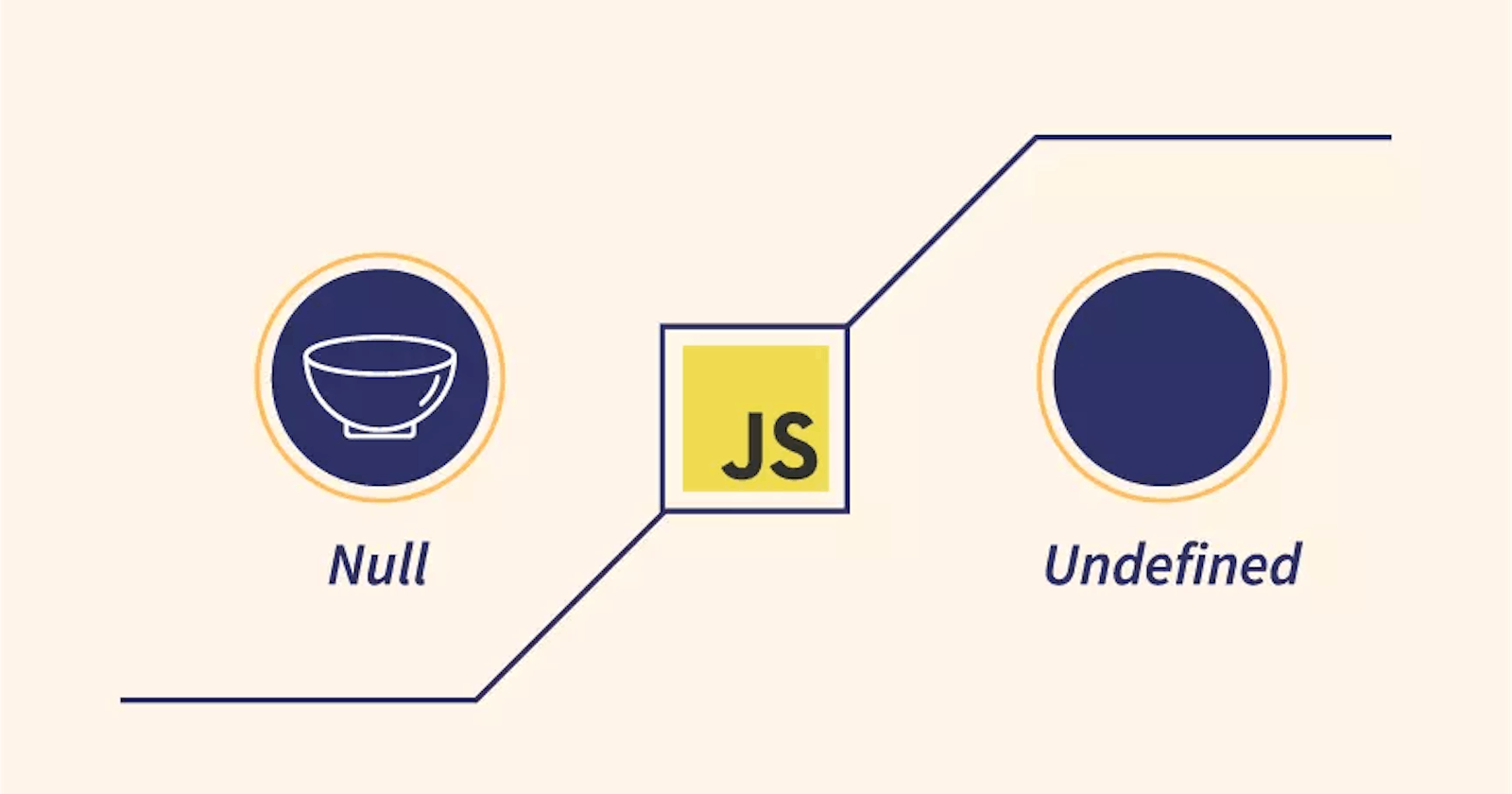Introduction:
JavaScript, being a dynamically typed language, has its ways of representing the absence of a value. The two primary values used in such cases are 'undefined' and 'null'. Despite often being used interchangeably, these two values have distinct meanings in JavaScript. In this article, we will delve into the differences between 'undefined' and 'null' to shed light on their unique characteristics and use cases.
- What is 'undefined'?
The 'undefined' value in JavaScript is assigned to variables that have been declared but have not yet been assigned a value. It represents the absence of any value or an uninitialized variable. When accessing a variable that has no assigned value, JavaScript returns 'undefined'. For example, consider the following code snippet:
let name;
console.log(name); // Output: undefined
In this case, the variable 'name' has been declared but not assigned a value, resulting in it being 'undefined'.
- What is 'null'?
In contrast to 'undefined', 'null' is an explicit value that represents the absence of an object or the intentional assignment of a null value to a variable. Unlike 'undefined', 'null' is typically assigned by the programmer to convey a deliberate lack of value. For instance:
let age = null;
console.log(age); // Output: null
In this example, we explicitly assign the variable 'age' to the 'null' value, indicating the absence of an age.
- Differences in Usage:
While both 'undefined' and 'null' represent the absence of a value, they have different use cases:
'undefined' is usually automatically assigned by JavaScript when a variable lacks an assigned value. It can also be intentionally assigned by a programmer to reset a variable to its default state.
'null', on the other hand, is assigned explicitly by a programmer to represent the absence of an object or a null value. It can be used to clear out the value of an object or provide an intentional placeholder.
- Type and Equality Comparison:
In terms of type, both 'undefined' and 'null' have their unique type in JavaScript. The typeof operator can be used to check their types:
console.log(typeof undefined); // Output: "undefined"
console.log(typeof null); // Output: "object"
It is worth noting that, due to a historical quirk, the typeof operator incorrectly labels 'null' as an object. Hence, to strictly check for 'null', it is advisable to use the strict equality operator '===' rather than '=='.
Conclusion:
In JavaScript, 'undefined' and 'null' have distinct meanings and uses. 'undefined' represents an uninitialized or absent value, while 'null' is an explicit assignment representing the absence of an object or a null value. Understanding the differences between 'undefined' and 'null' can help developers write more robust and maintainable JavaScript code.
